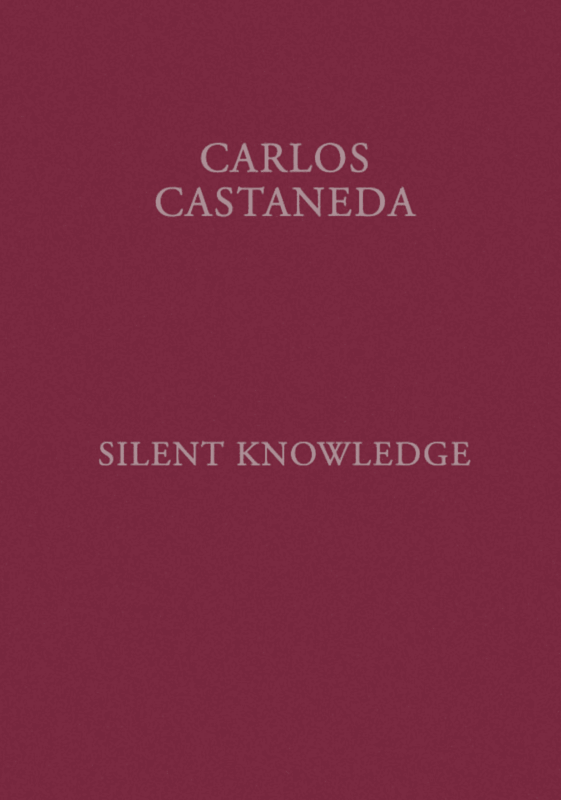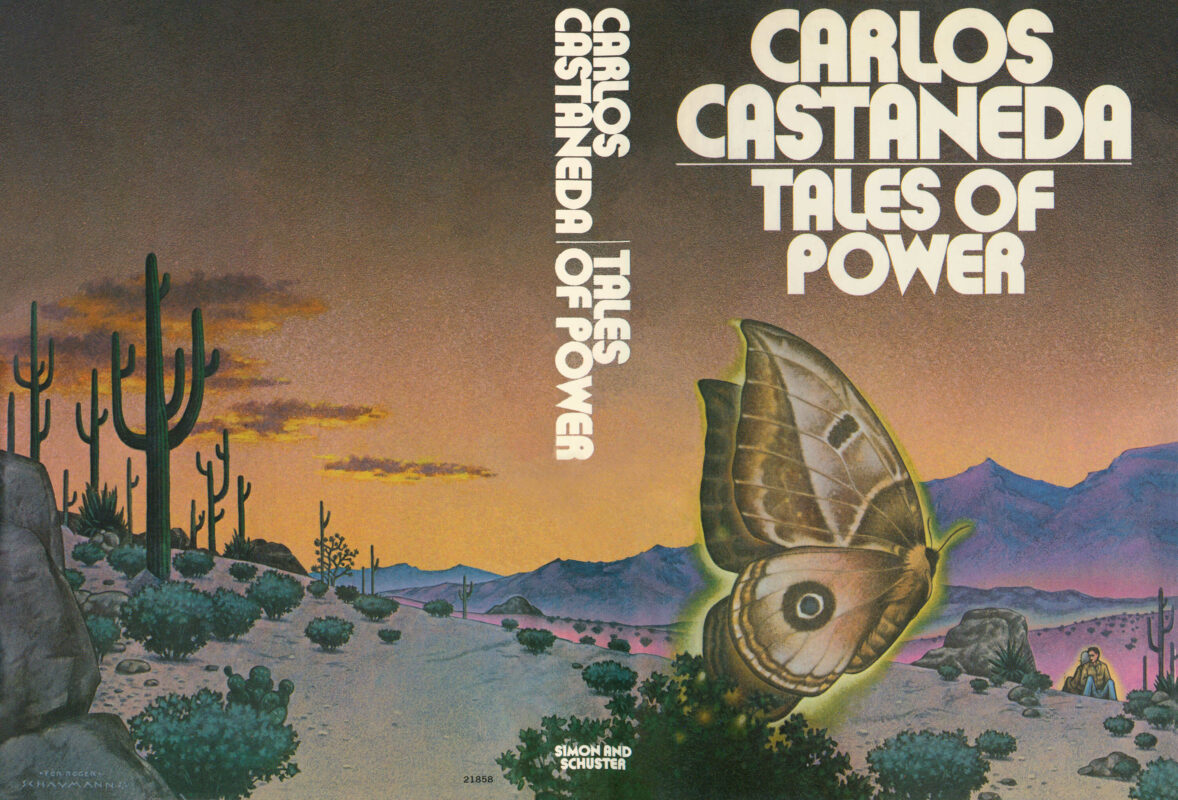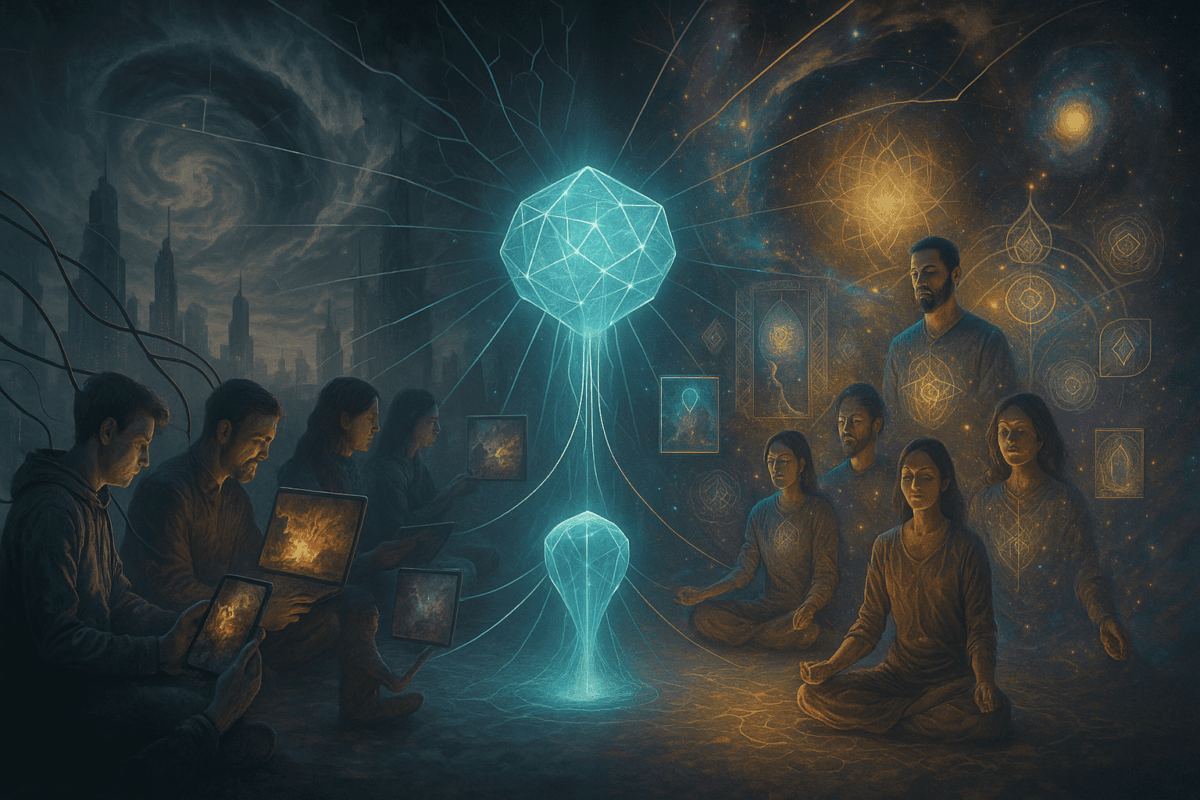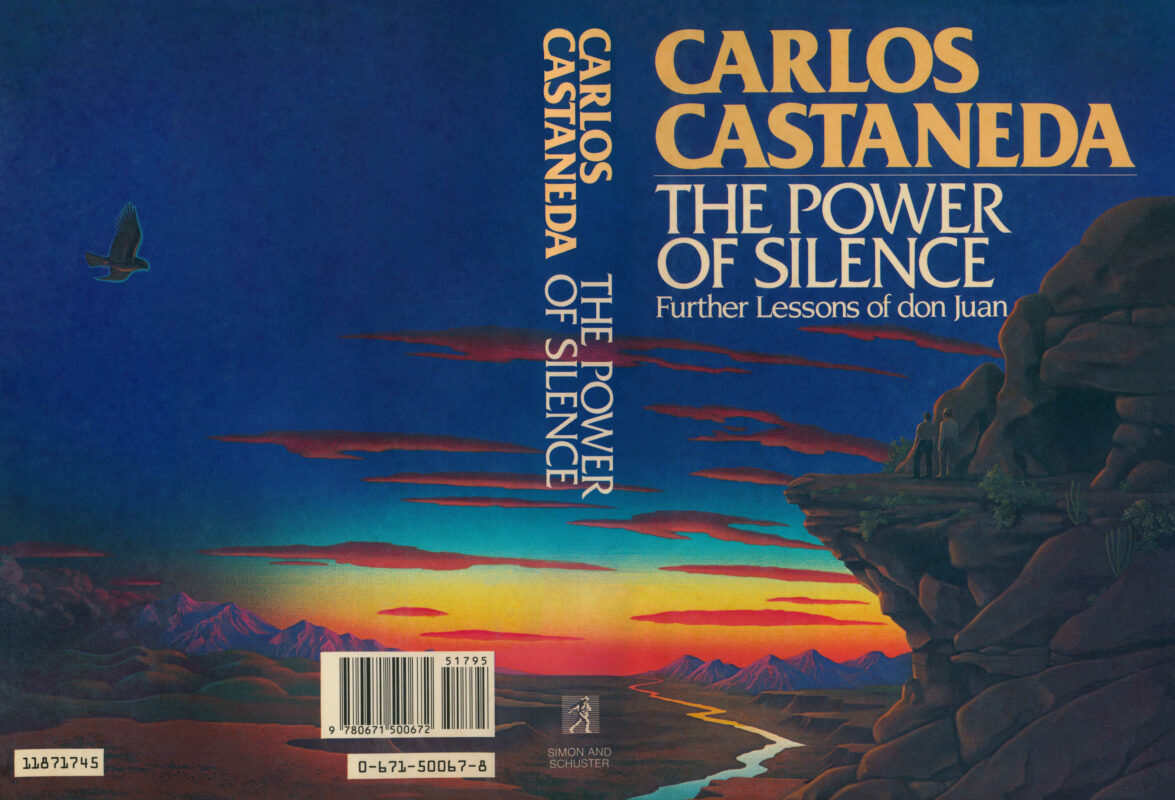Silent Knowledge – Dreaming
In this chapter, Castaneda explores the “art of dreaming,” which he defines as the sorcerers’ technique for breaking the parameters of normal perception to travel into the unknown. Don Juan explains that sorcerers’ dreaming (*ensoñar*) is different from ordinary dreaming (*soñar*) and is based on the deliberate displacement of the “assemblage point” from its usual position. This practice originated from the ancient sorcerers’ observation that the assemblage point moves naturally during sleep. The key to this art is the development of “dreaming attention,” a focused awareness that allows the practitioner to control the dream state and enter other real, energy-generating worlds. The art of dreaming is complemented by the “art of stalking,” which is the ability to hold the assemblage point fixed in its new position, allowing for a full exploration of these other realms.



